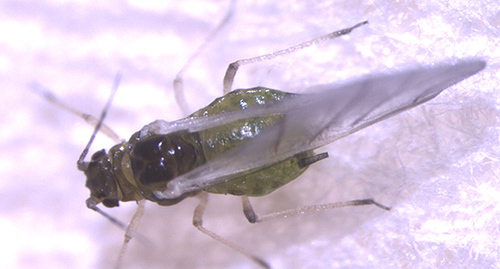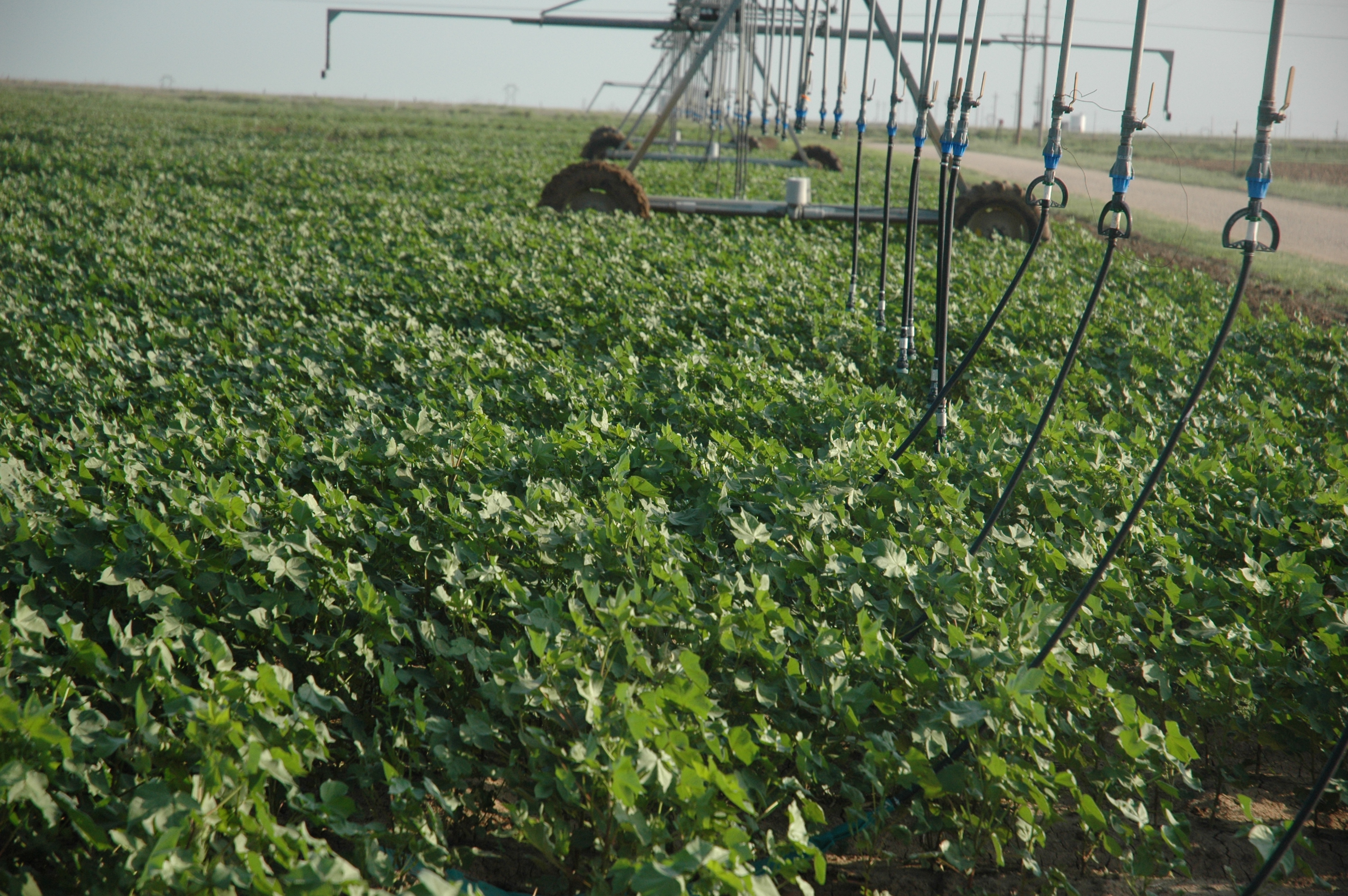A Texas A&M AgriLife Research study looked at
irrigation timing to maximize water-use efficiency and yields. (Texas A&M
AgriLife photo by Kay Ledbetter)
Cotton is sensitive to water stress at different growth stages, needing
water at specific times to produce a high-yielding crop. A
Texas
A&M AgriLife Research study investigated the best strategies to improve
irrigation water-use efficiency while maintaining high yields.
“
Evaluation
of crop-growth-stage-based deficit irrigation strategies for cotton production
in the Southern High Plains,” was authored by AgriLife Research scientists
Srinivasulu Ale, Ph.D., geospatial hydrologist, and Sushil Himanshu, Ph.D.,
postdoctoral research associate, both in Vernon, and James Bordovsky, senior
agricultural engineer, Halfway, along with and Murali Darapuneni, New Mexico
State University. The study was published in Agricultural Water Management Journal’s special
issue on Managing the Ogallala.
Himanshu said the study should help farmers make better decisions that can
result in higher seed cotton yields using the most efficient irrigation
strategies. At the same time, these strategies will conserve the Ogallala
Aquifer as a water resource for generations to come.
Researchers focused on irrigation strategies based on cotton’s five growth
stages, with certain stages irrigated more and others less. The CROPGRO-Cotton
module available in the Decision Support System for Agrotechnology Transfer
Cropping System Model was used. This crop growth-simulation model allows
testing and analysis of different irrigation scenarios.
The Southern High Plains are hot, dry and often windy with water shortages
due to the region’s low rainfall and reliance on underground water. Cotton-boll
size and count are greatly affected by the amount and timing of irrigation as
well as rainfall and air temperature.
Additionally, water districts in the area have imposed restrictions on
groundwater pumping to help conserve the Ogallala Aquifer. Depletion of the
aquifer has been occurring at an alarming rate since the 1950s when farmers
began large-scale water pumping for crop irrigation.
“Following the suggested strategies, farmers can have better control over
crop growth and yield and enhance irrigation water-use efficiency,” Ale said.
“The peak bloom growth stage was found to be the most sensitive stage to water
stress and imposing water deficit during this stage resulted in the lowest seed
cotton yield.”
Conversely, elimination of irrigation during the early and late-season
growth stages had little effect on seed cotton yield and irrigation water-use
efficiency.
“We also determined that reducing early season irrigation potentially
increased cotton root growth,” Bordovsky said. “This helps plants have a stronger
resilience to water shortages in later growth stages and increased seed cotton
yield.”
Cotton Incorporated and the Ogallala Aquifer Program funded this study.
-30-
Find more stories, photos, videos and audio at
http://today.agrilife.org
We grant permission for the use of this news as a free service to the
news media. Articles may be used either in their entirety or in part,
provided that attribution remains. You may use the stories and art, or
you may put the stories, art and/or news videos on your websites.
High resolution photos, audio and video also are provided with many of
our articles for your use at agrilife.org/today


